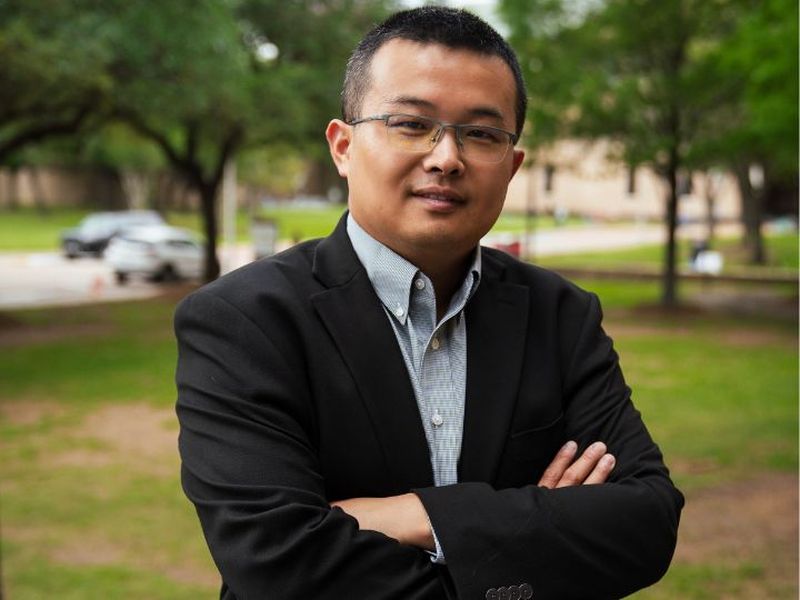A professor at the Cullen College of Engineering is part of a multi-million dollar research effort led by the University of Nevada that aims to decarbonize domestic iron and steel production.
Ben Xu, an assistant professor in the Mechanical Engineering Department, is co-PI on the research project “Fast Electrowinning via Rotors for Responsible Iron Creation (FERRIC).” The total project value is $2.1 million from Department of Energy (DOE) Advanced Research Projects Agency–Energy (ARPA-E), with $300,000 earmarked for Xu’s work.
The overall goal of the research is to innovate “a unique, clean energy solution to replace blast furnace technology, a centuries-old steel production method that has long powered one of the world’s dirtiest industries,” according to a press release from UNLV. Over the next three years, the team aims to “scale up and compete” with the industry-standard blast furnace method by using a room-temperature approach in an aqueous system for iron production — a huge departure from the high-temperature environment of the blast furnace method.
Xu noted that his team would be providing two areas of research for the project.
“My team at UH will perform computational fluid dynamics (CFD) study and integrated multiphysics simulations to design the proposed impeller-accelerated reactor, a key component of the low temperature electrowinning system that will be crucial for scale-up,” he said. “Once the design is finalized, my team will assist the 3D printing of optimized impeller and the assembly of the lab-scale testing system.”
Xu and his team will be employing computer algorithms to help find near-optimal hydrofoil impeller design.
“The multiphysics (hydro-thermo-mechanical) simulation will be performed in the interstitial domain to find hydrofoil designs that maximize a figure of merit involving boundary layer thickness, bubble growth rate and size, and drag reduction,” he said. “Using this hydrofoil cross-section, our UH team will then apply a new surrogate model for the top-down impeller blade geometry (e.g., number of blades, blade length, blade thickness, blade curvature, etc.). An optimal top-down geometry will be found, marking the first design iteration of a full impeller blade.”
Jeremy Cho is the lead researcher for the project and a mechanical engineering professor at UNLV. The collaboration with researchers at UNLV came about thanks to networking and sharing academic research between universities and departments.
Xu identified several students from his research team as being involved in this research.
“My postdoctoral fellow Dr. Santosh Rauniyar and Ph.D. student Shuqi Zhou will be in the team to perform the research,” he said. “In particular, Dr. Rauniyar will be in charge of the optimization and 3D printing, and Shuqi will conduct the multiphysics CFD simulations.”
